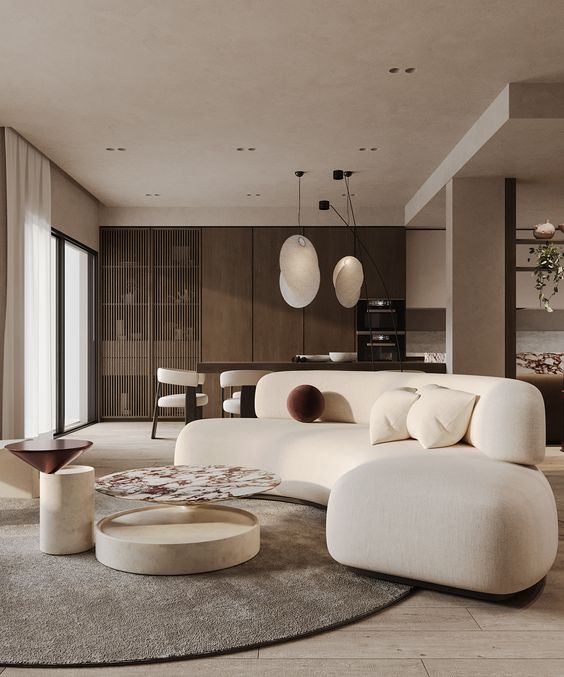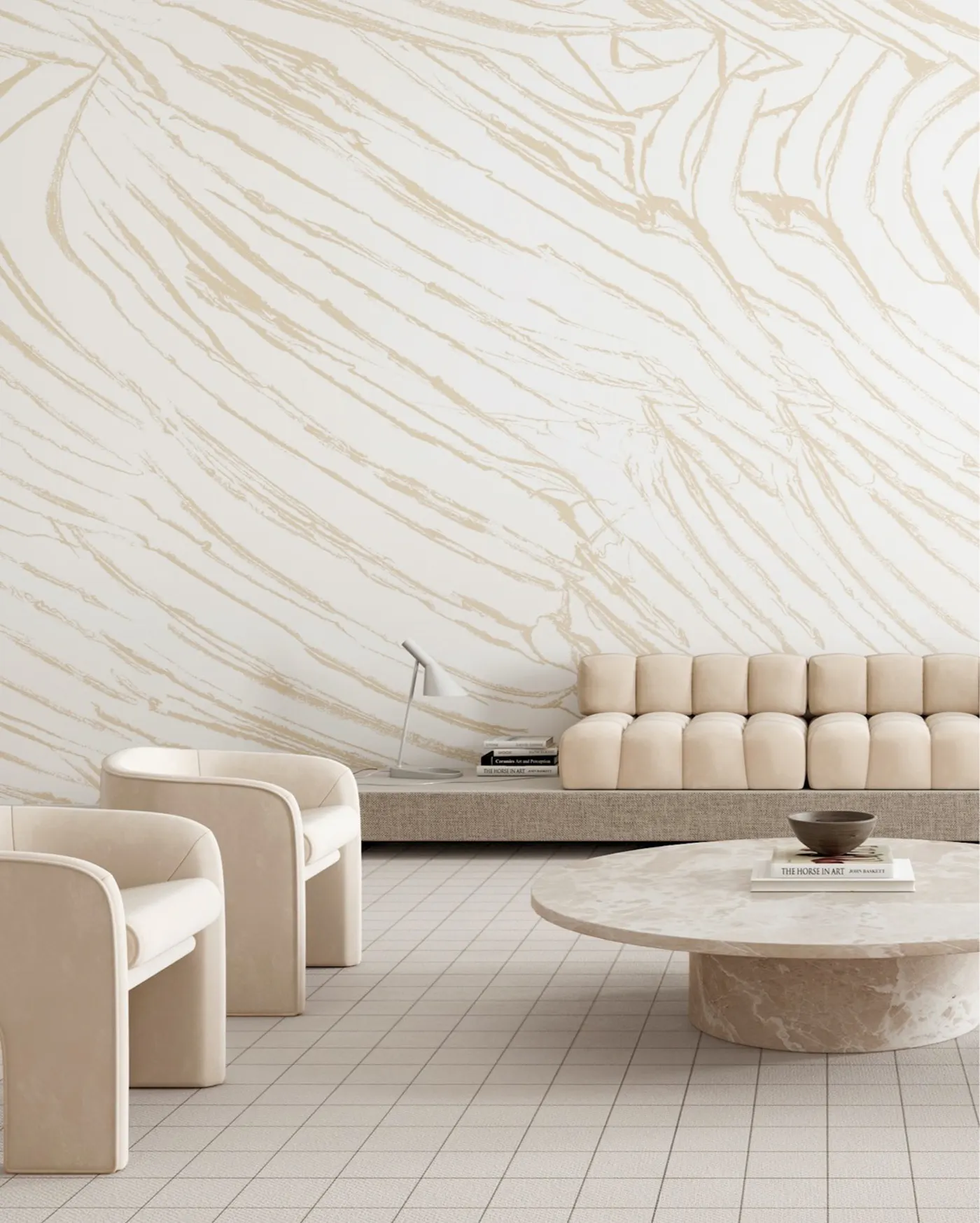The Ultimate Guide to Streamlining Your Home with Minimalism Principles
The Ultimate Guide to Streamlining Your Home with Minimalism Principles
Blog Article
Understanding Minimalism: Methods for Lowering Clutter and Enhancing Clarity in Everyday Living
Minimalism is increasingly identified as a feasible technique to boosting clearness and focus in today's messy world. By systematically evaluating our ownerships and focusing on intentionality, we can produce areas that not only mirror our values however also advertise mental health.
Defining Minimalism and Its Advantages
Specifying minimalism includes understanding it as a lifestyle option that highlights simplicity and intentionality in both physical properties and daily regimens. At its core, minimalism motivates individuals to prioritize what absolutely matters, enabling for a much more meaningful and concentrated existence. By removing the non-essential, minimalism welcomes people to involve deeply with their environments and experiences.
It fosters psychological clarity, as reducing mess in one's environment can lead to reduced interruptions and stress. Minimalism promotes economic flexibility; by prioritizing requirements over wants, people can make more enlightened acquiring choices, leading to possible savings and decreased financial debt.
Inevitably, minimalism is not simply regarding worldly reduction but includes an all natural change in point of view, promoting a life identified by fulfillment, objective, and equilibrium. Embracing this lifestyle can cause extensive changes in how people communicate and regard with the world around them.
Examining Your Present Mess
Mess frequently materializes as an overwhelming accumulation of things that no longer serve an objective, producing a barrier to achieving a minimalist way of living. Take note of certain classifications of items, such as apparel, books, or cookware, as this will certainly help you understand the range of the clutter.

In addition, consider the frequency of usage for each thing. Eventually, understanding your current clutter is a critical step toward embracing minimalism and boosting clarity in your everyday living.

Practical Decluttering Techniques
Having assessed your existing clutter, the following step is to execute useful decluttering strategies that help with an even more arranged living area. Minimalism. One effective technique is the "Four-Box" strategy, where you assign 4 boxes labeled: maintain, contribute, garbage, and relocate. This approach urges fast decision-making and makes certain items are categorized appropriately
One more approach is the "One in, One out" rule, which specifies that for each brand-new thing gotten, an existing product should be removed. This concept assists preserve equilibrium and prevents buildup with time. Additionally, think about the "30-Day Minimalism Video Game," where you remove one thing on the very first day, 2 on the 2nd, etc, cumulatively promoting a feeling of achievement.
For those that battle with emotional accessories to ownerships, the "Emotional Worth" strategy can be useful. Restriction on your own to a specific number of treasured things, allowing you to appreciate their significance without overwhelming your area. Lastly, develop a regular decluttering timetable, whether monthly or seasonally, to maintain a clutter-free setting. By employing these techniques, you can develop from this source an extra efficient and peaceful living area, inevitably improving quality in your day-to-day life.
Developing Willful Areas
Producing intentional areas entails a thoughtful strategy to how we layout and arrange our atmospheres, making certain each area serves a details objective and shows our worths. This practice is essential in growing a sense of clearness and purpose in our day-to-days live. By seriously analyzing the function of each area, we can remove interruptions and improve our overall wellness.
To develop willful spaces, start by identifying the primary activities that will occur in each location. As an example, an office must be created to promote efficiency, incorporating components such as ample lights, comfy furniture, and marginal diversions. In comparison, a leisure area should advertise peace, including calming shades and comfy seating.
Additionally, take into consideration the emotional influence of your environments (Minimalism). Including individual items that resonate with your worths, such as artwork or plants, can boost the link to your space. Consistently review these atmospheres to ensure they proceed to offer their designated function as your needs develop
Eventually, creating willful rooms is about making aware choices that line up with your lifestyle, advertising consistency and efficiency in your living and workplace.
Preserving a Minimalist State Of Mind
Accepting a minimal attitude requires ongoing representation and intentionality in our actions and ideas. This approach involves growing understanding of our priorities and values, allowing us to filter diversions and focus on what genuinely matters. To preserve this frame of mind, routine self-assessment is important. Reserve time to examine your dedications, possessions, and also electronic web content, guaranteeing they align with your core concepts.
This change in check point of view encourages gratitude for simpleness, boosting general wellness. Integrating mindfulness methods, such as meditation or journaling, can further enhance a minimal way of thinking by advertising quality and reducing mental mess.
Furthermore, establish borders to protect your time and power. Find out to say no to non-essential commitments and interruptions that do not add to your personal development. Border on your own with similar individuals who sustain your minimal trip, as shared values can enhance inspiration and liability.
Final Thought
Finally, welcoming minimalism uses significant benefits, including reduced clutter and why not try here boosted clearness in every day life (Minimalism). By methodically analyzing ownerships and executing practical decluttering methods, people can develop intentional spaces that cultivate mindfulness and thankfulness. Preserving a minimal way of thinking calls for ongoing assessment and dedication to simpleness, eventually causing a more concentrated and satisfying way of life. The principles of minimalism work as useful tools for cultivating a setting that sustains individual growth and health.

In addition, take into consideration the "30-Day Minimalism Game," where you get rid of one thing on the initial day, two on the 2nd, and so forth, cumulatively fostering a feeling of achievement.
In conclusion, welcoming minimalism provides substantial advantages, including reduced mess and boosted clarity in day-to-day life.
Report this page